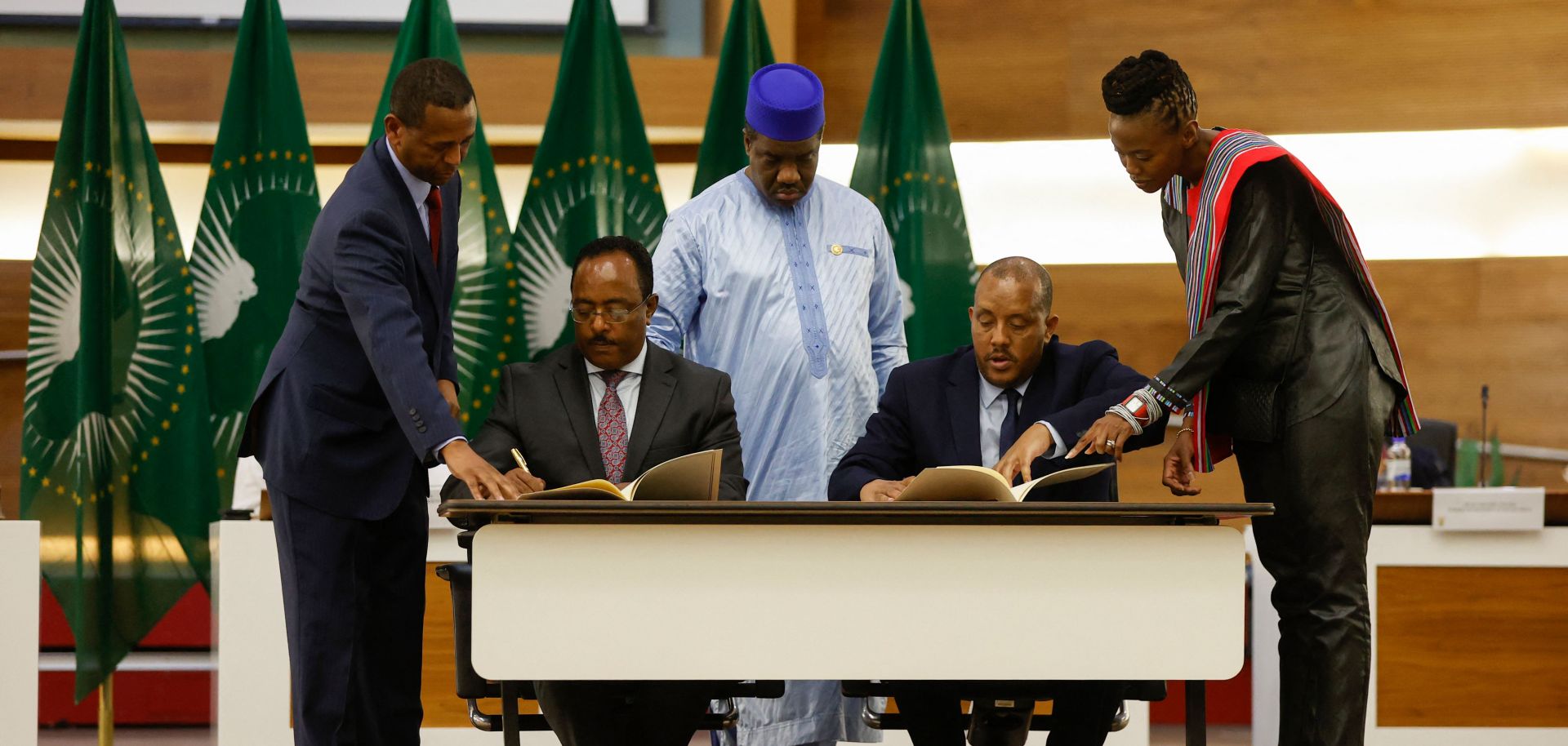The Ethiopian government and Tigrayan rebels' latest agreement to cease fighting offers the best chance of peace yet in the two-year war. But historical grievances, implementation challenges, mistrust and third-party spoilers risk the longevity of the deal. The Ethiopian government and the Tigray People's Liberation Front (TPLF) agreed to a Cessation of Hostilities on Nov. 2 following ten days of negotiations in Pretoria, South Africa. In addition to an immediate and permanent halt to fighting, the agreement also includes provisions relating to the demobilization, disarmament and reintegration of TPLF combatants into the Ethiopian military; the restoration of public services in Tigray; increased humanitarian assistance in Tigray; and implementation of transitional measures to restore constitutional order in Tigray. Following the announcement of the deal, an additional, longer document detailing a peace framework circulated on social media and news outlets. However, neither side appears to have agreed to or signed this second...

